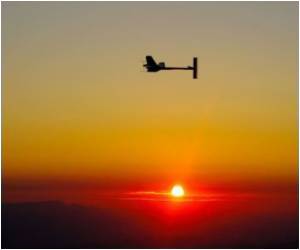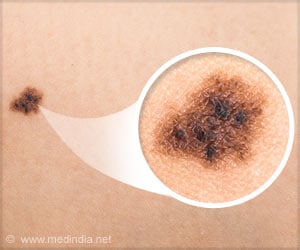The Photovoltaics Technology Transfer Team at the University of New South Wales, collaborating with Centrotherm, have boosted the efficiency of solar cells by using silicon.

The new cells compare favourably with the 18 per cent-efficient cells commonly used in rooftop solar panels.
Dr Matt Edwards, Program Manager of the Photovoltaics Technology Transfer Team in the UNSW School of Photovoltaic and Renewable Energy Engineering, said the records were achieved without exotic materials or equipment.
"The exciting aspect of these records is that we achieved these results in a short time, using an industry-standard silicon wafer and modified industry-standard equipment," he said.
"It’s another step closer to solar power costing the same as coal-fired electricity."
Dr Edwards said the gains, achieved on a standard p-type CZ silicon wafer, had produced a low-cost cell which delivered "the best bang for your buck" of any mass-produced cell in the world.
One of the advantages of LDSE technology is its ability to boost cell efficiency with simple modifications to existing screen-printed solar cell production lines – the most common mass-production systems in use today. The process is already in pilot production at some facilities.
The new 19.4 per cent efficiency record was verified by the Fraunhofer ISE Solar Cell Calibration Laboratory and a paper detailing the work will be published in the inaugural edition of the Journal of Photovoltaics.
Source-Medindia
 MEDINDIA
MEDINDIA




 Email
Email




